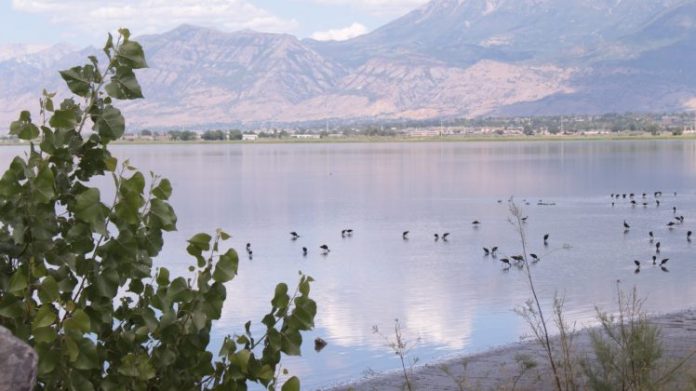
PROVO, Utah, Aug. 22, 2016 (Gephardt Daily) — Officials have updated advisories related to the algal bloom in Utah County waterbodies, it was announced Monday.
Changes in advisories are based on recent testing results and monitoring, according to a news release from Utah County Health Department (UCHD), and are as follows:
Utah Lake
- Sandy Beach: changed from a CAUTION to WARNING advisory
- Saratoga Springs Marina: changed from a CAUTION to WARNING advisory
- Lincoln Beach: remains CLOSED
- All other areas remain at a CAUTION advisory level
Payson Lakes
- Box Lake: changed from a CAUTION to WARNING advisory
- Big East Lake: remains at a WARNING advisory level
- McKellen Lake: remains at a CAUTION advisory level
“We are just now approaching the typical algal bloom season,” said Ralph Clegg, UCHD executive director. “It really is not surprising that we are seeing the algal bloom issues resurface as we get ready to head into fall.”
The UCHD, along with Utah Department of Environmental Quality, will continue to monitor and test bodies of water showing signs of algal blooms.
The public should not swim in waterbodies under a WARNING advisory, the UCHD advised. While boating activities are allowed, recreators should avoid areas of scum. In areas with a CAUTION advisory, swimming and other water activities are allowed, however, recreators should stay out of areas of scum. Pets and livestock should not be in or drink the water at any advisory level.
Although algae are a natural part of many freshwater ecosystems, under the right conditions they can proliferate to create large algal blooms. These blooms can contain harmful cyanobacteria, a type of bacteria, often referred to as blue-green algae, that produces toxins that can pose risks to humans, wildlife, domestic animals and fish.
Symptoms of cyanotoxin poisoning include headache, fever, diarrhea, abdominal pain, nausea and vomiting and sometimes allergic-like reactions from the skin.
For concerns about possible human exposure, call the Utah Poison Control Center at 800-222-1222, or a physician. For concerns about possible exposure to animals, contact a veterinarian.
For updates, click here. Utah County has an alert system, and for updates on lake conditions, click here to sign up for an account.
General information about harmful algal blooms is available from the DEQ here.

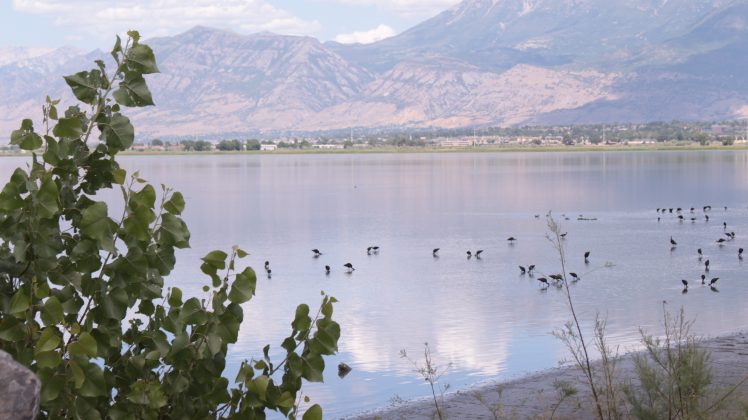
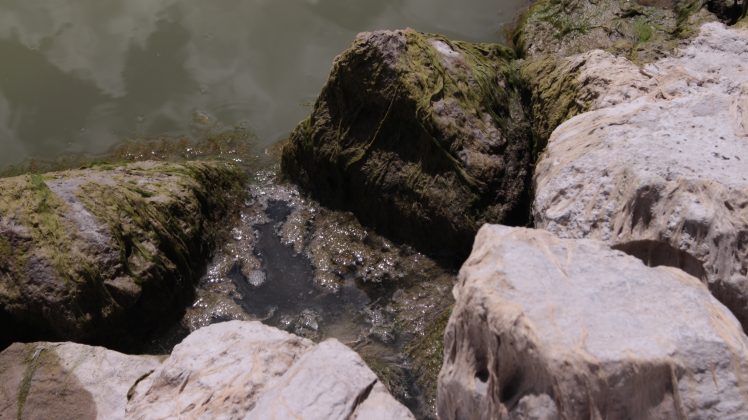
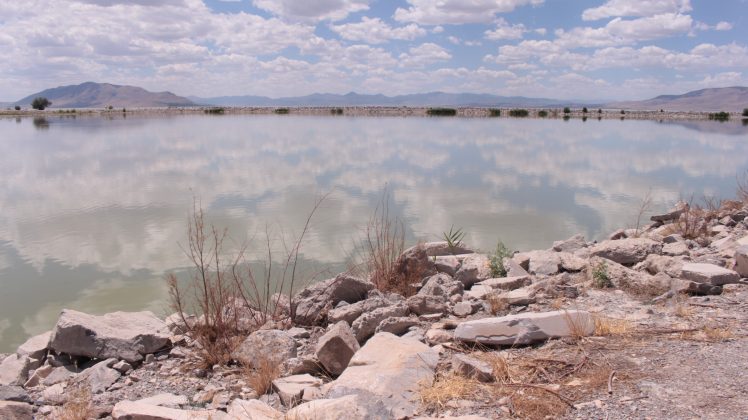
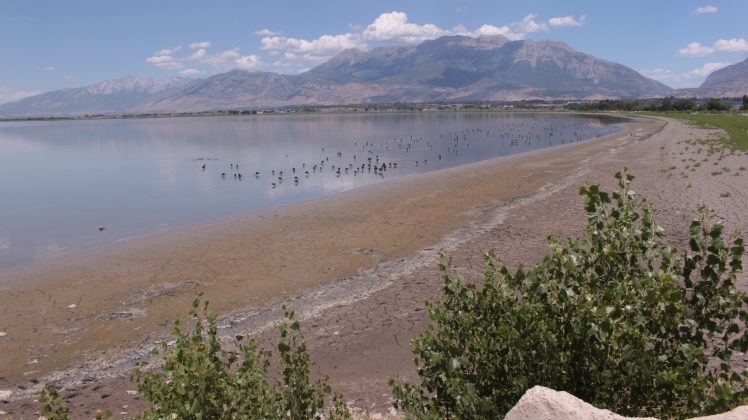
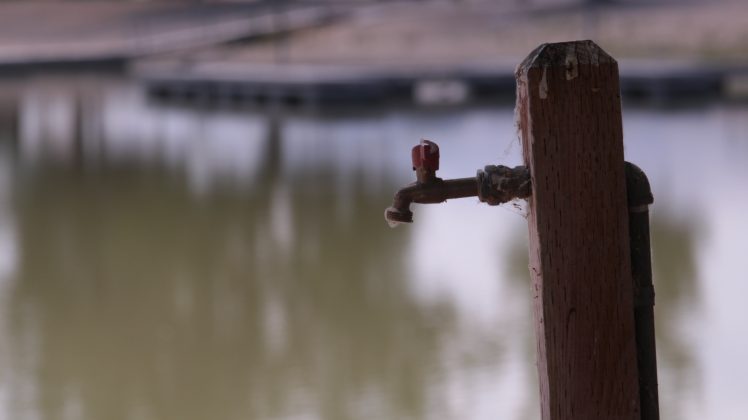
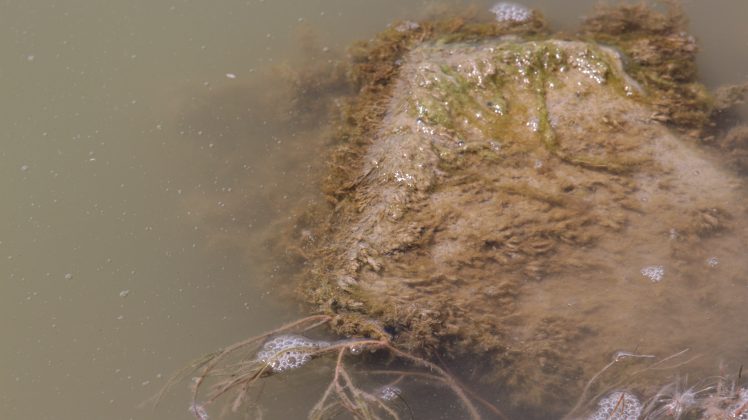







Processed Sewage Sludge (“bio solids”): A Major Source of Food and Water Contamination.
08/19/2016
The land application of processed sewage sludge from municipal, hospital and industrial sources, plus
stormwater runoff, generally called “safe” by the EPA and your local State Environmental Agencies, is a
lie when you consider “safe” means free from risk.
High concentrations of phosphates (Phosphorus = P) are found in sewage sludge, which is referred to as
“Class A and B Biosolids” by some and AB in Texas. Phosphate is excreted though feces and urine after
the digestion process, and flushed into the sewer system. Other contributors of P come from cleaning
(Trisodium Phosphate), which also ends up in the sewer.
Let us multiply just how many contributions by the US population X 365 flushes a year. (2016 US
Population 322,762,018 X 365)*. In addition, any particulate phosphorous can be turned into
phosphate by the anaerobic digestion phase of waste treatment. Now consider 25 years of, EPA CFR 40
503, dumping sewage on top of the ground on farms, forests and fields, and even consumer bags, and
you get a health and environmental nightmare that cannot be stopped because of the money involved.
Money.
* Note: It is estimated that each and every person in the US poops about 3 – 5 times per day and
flushes about 10 times per day.
Waste Water Treatment Plants (WWTP) cannot control the concentrations of, nor do they test for P, so
it is common for a field to be over burdened with phosphates and effluent which go directly into
surface and ground water. Commercial P applications can be controlled. Sewage Sludge or “bio‐solids”
sources of P cannot.
Look at your algae blooms to figure out where excess phosphates end up.
Q: What impact does phosphate have on the environment?
A: Phosphate supports the growth of plants, including algae. When too much phosphate is present,
excessive amounts of algae can develop. This may lead to undesirable water quality impacts, including
reductions in aquatic life, poor taste, and odors in drinking water.
Without any consideration of pathogens, let us add more chemicals to the mix.
Read a little known regulation 40 CFR 261.30(d) and 261.33 (4), every US industry connected to a
sewer can discharge any amount of hazardous and acute hazardous waste into sewage treatment
plants.
When the sewage industry tells you “pre‐treatment of these industrial chemicals are strictly
regulated,” read the EPA’s Office of Inspector General’s Report No.14‐P‐0363‐ 09/2014 where you will
instantly see they are BALD FACE PREVARICATORS!
(Just Google the Report number).
Now tell me what happens to those persistent hazardous chemicals when you heat them and mix
them together in a digester and send them out to a farm, forest or even in consumer product bags,
labeled as made from “bio solids.”
Chemicals that are persistent in the environment, bio accumulate in people and/or wildlife, and are
toxic, are called Persistent, Bio accumulative Toxics (PBTs). Because of these features, as long as they
remain in commerce and may therefore be released into the environment, they will threaten the
health of humans and wildlife. To make matter worse some algae blooms produce toxins such as
microcystin (a hemotoxin), phycotoxins, domoic acid, brevetoxin which are all neurotoxins for fish,
birds and other wildlife
Farmers and Consumers are being badly used to dump their municipal, industrial, hospital,
stormwater, and household sewage on farms to save cities money, because of the cost to put it in a
landfill. They are not told all the facts so they can make an informed decision. Money
Go figure.